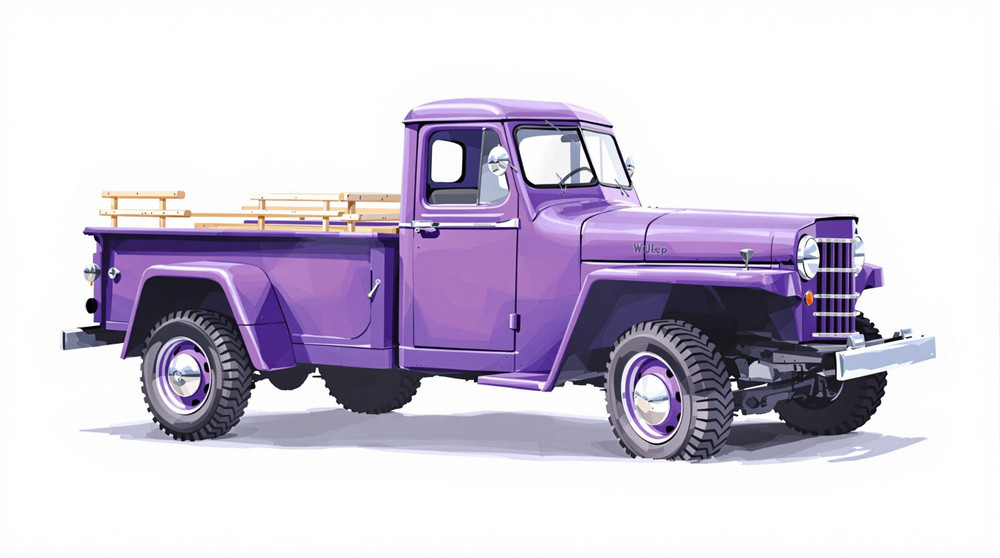Image of 1953 Jeep Willys, Note: These illustrations use artistic license and may differ from actual historical models.
Performance Metrics
Fundamental Metrics
Emotional Appeal
MMP Rating
| Engine Specifications | |
|---|---|
| Engine Options: | 134.2 cu in (2.2 L) Go Devil I4 |
| Displacement Range: | 134.2 cu in (2.2 L) |
| Horsepower Range: | 60-63 hp |
| Torque: | 105 lb-ft |
| Compression Ratio: | 6.48:1 |
| Ignition System: | Battery Ignition |
| Cooling System: | Liquid-cooled |
| Performance Specifications | |
| 0-60 Time: | Not available due to the vehicle's age and purpose |
| 1/4 Mile Time: | Not available due to the vehicle's age and purpose |
| Top Speed: | 60 mph |
| Transmission and Drive | |
| Drive Type: | 4WD |
| Transmission Type: | 3-speed manual |
| Fuel and Efficiency | |
| Fuel System Type: | Carburetor |
| MPG: | 15-20 mpg |
| Dimensions and Brakes | |
| Brakes: | Hydraulic drum brakes |
| Wheelbase: | 80 inches |
| Weight: | 2,337 lbs |
Note: Specifications for classic cars are given to the best of our ability, considering the limited and variant data available.
The Unyielding Legacy of the 1953 Jeep Willys
The 1953 Jeep Willys is not just a vehicle; it's a chapter in the grand American narrative. Born from the rugged demands of war and adapted for peacetime prosperity, the Willys Jeep is an icon of resilience and versatility. Its origin traces back to the battlefields of World War II, where it earned a reputation for reliability under the most grueling conditions. Manufactured by Willys-Overland Motors, a company that played a pivotal role in the mobilization of the U.S. military, the Jeep became a symbol of American ingenuity and strength. A notable moment in its history was when it transitioned from military hero to civilian workhorse, capturing the hearts of farmers, adventurers, and families alike.
Design and Innovation
The exterior of the 1953 Jeep Willys was a testament to functional design, with its flat fenders, vertical grille slats, and utilitarian bodywork. The interior was Spartan, with an emphasis on durability over luxury. Materials used were simple and robust, designed to withstand the elements and the rigors of off-road use. Technological features were modest by today's standards but innovative for their time, including four-wheel drive capabilities that were a revelation to the automotive world. Color options ranged from traditional military olive drab to more vibrant hues that appealed to civilian tastes. The most iconic body style was undoubtedly the CJ-3B, with its high hood and rounded fenders, which became a symbol of post-war American optimism.
Historical Significance
The Jeep Willys didn't just influence automotive design; it revolutionized it. Its four-wheel drive system set a new standard for off-road capability, inspiring a generation of all-terrain vehicles. The Jeep's simplicity and adaptability made it a template for utility vehicles worldwide, cementing its status as a forefather of the modern SUV.
Performance and Handling
Performance-wise, the 1953 Jeep Willys was more about torque than top speed, with its powerplant designed to pull through mud rather than race down highways. Handling was straightforward and unrefined by modern standards, but its ability to traverse rough terrain was unparalleled. Driving a Willys was an exercise in mechanical harmony, with the throaty purr of the engine and the tactile feedback from the rugged terrain below.
Ownership Experience
The Jeep Willys was as versatile in its uses as it was in its design. It served as a daily driver for some, while others showcased it in car shows or used it for recreational off-roading. Maintenance was generally straightforward, thanks to its no-frills design and widespread availability of parts. Reliability was one of its strong suits, making it a favorite among those who valued function over form.
Fun Facts
The 1953 Jeep Willys had its share of quirks and accolades. Some models were outfitted with rare options that are highly sought after today, like power take-offs (PTOs) for running farm equipment. Celebrity ownerships added to its allure, with stars like Ronald Reagan famously owning a Willys Jeep. While it wasn't known for breaking speed records, it set benchmarks for endurance and off-road capability.
Collector's Information
Today, the 1953 Jeep Willys holds a special place in the hearts of collectors. With production numbers in the tens of thousands, it's rare but not unattainable. Values can range widely based on condition and originality, with well-preserved examples fetching anywhere from $15,000 to $30,000 or more at auction. As interest in vintage SUVs continues to grow, the Willys Jeep is appreciating in value, becoming both a cherished collectible and a sound investment.
Conclusion
The 1953 Jeep Willys is more than just a classic vehicle; it's an enduring emblem of American tenacity and innovation. From its wartime origins to its civilian adaptations, the Willys Jeep has carved out an indelible niche in automotive history. Its legacy lives on in every four-wheel drive vehicle that dares to venture off the beaten path.
1953 Jeep Willys Catalog of Parts
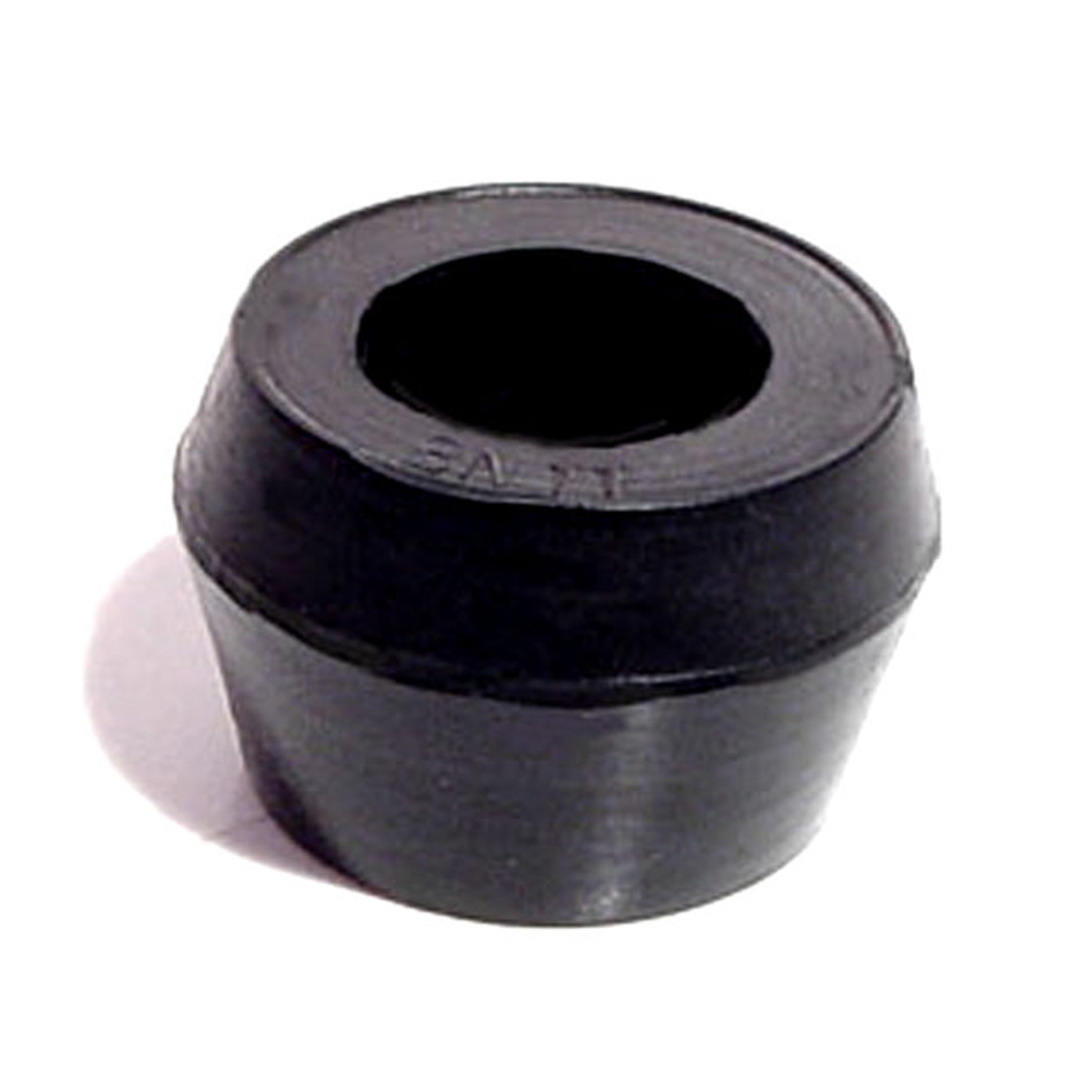 1953 Jeep Willys Shock Absorber Grommet. 1" bottom O.D-BN 11Shock Absorber Grommet. 1" bottom O.D., 3/4" high, with 5/8" I.D. Each
1953 Jeep Willys Shock Absorber Grommet. 1" bottom O.D-BN 11Shock Absorber Grommet. 1" bottom O.D., 3/4" high, with 5/8" I.D. Each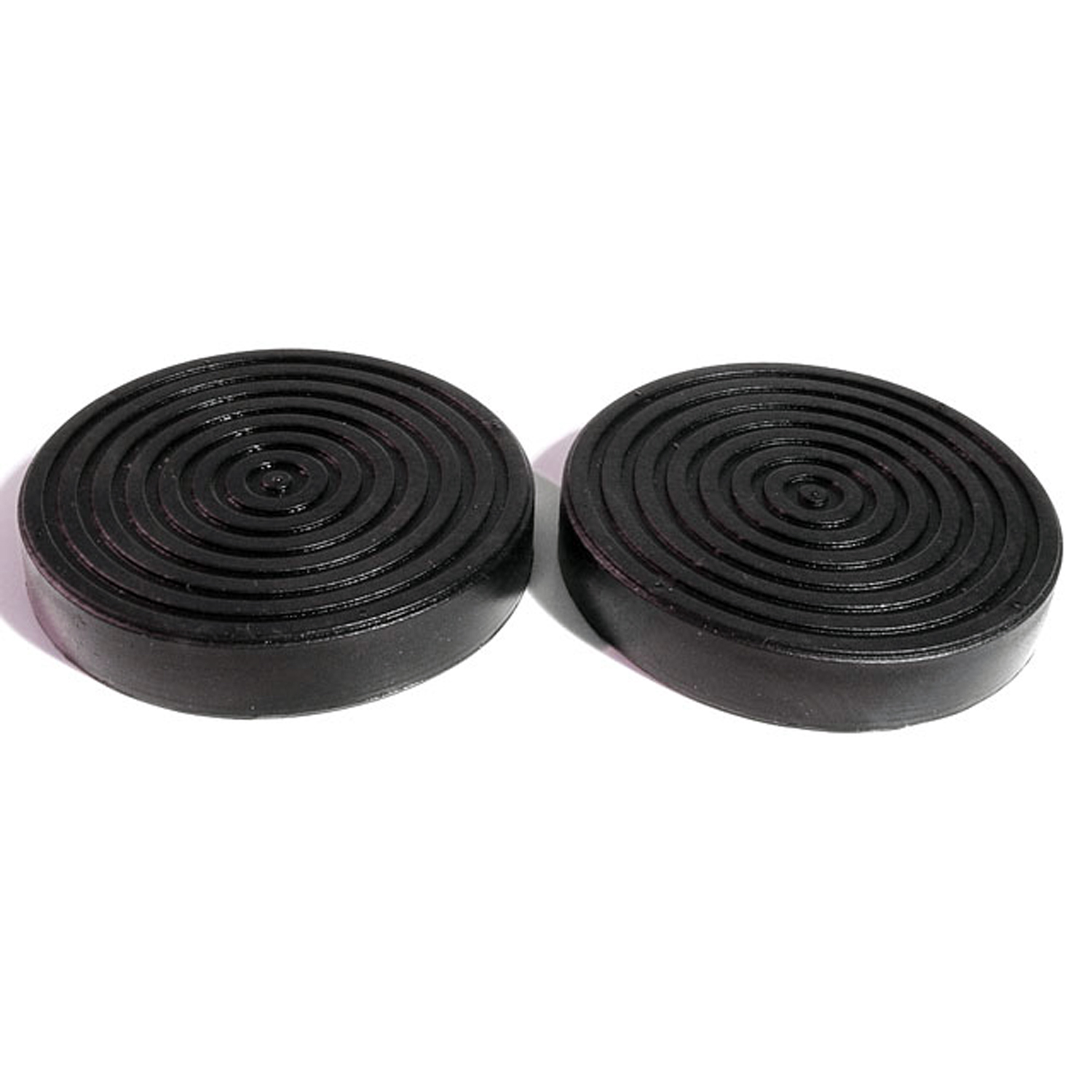 1953 Jeep Willys Clutch and Brake Pedal Pads. 3" Diameter. Pair-CB 61Clutch and Brake Pedal Pads. 3" Diameter. Pair
1953 Jeep Willys Clutch and Brake Pedal Pads. 3" Diameter. Pair-CB 61Clutch and Brake Pedal Pads. 3" Diameter. Pair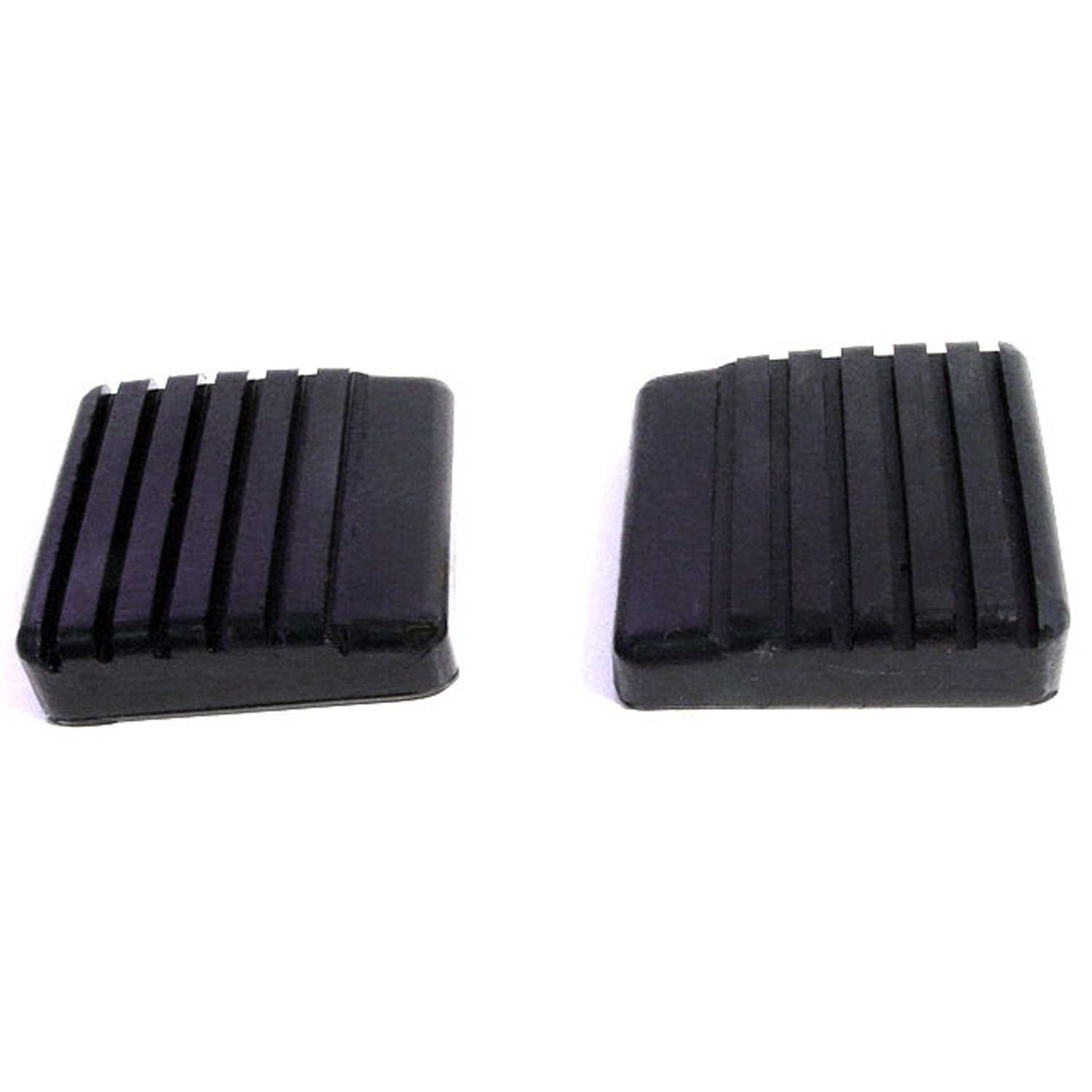 1953 Jeep Willys Clutch and Brake Pedal Pads. Pair-CB 61-BClutch and Brake Pedal Pads. Pair
1953 Jeep Willys Clutch and Brake Pedal Pads. Pair-CB 61-BClutch and Brake Pedal Pads. Pair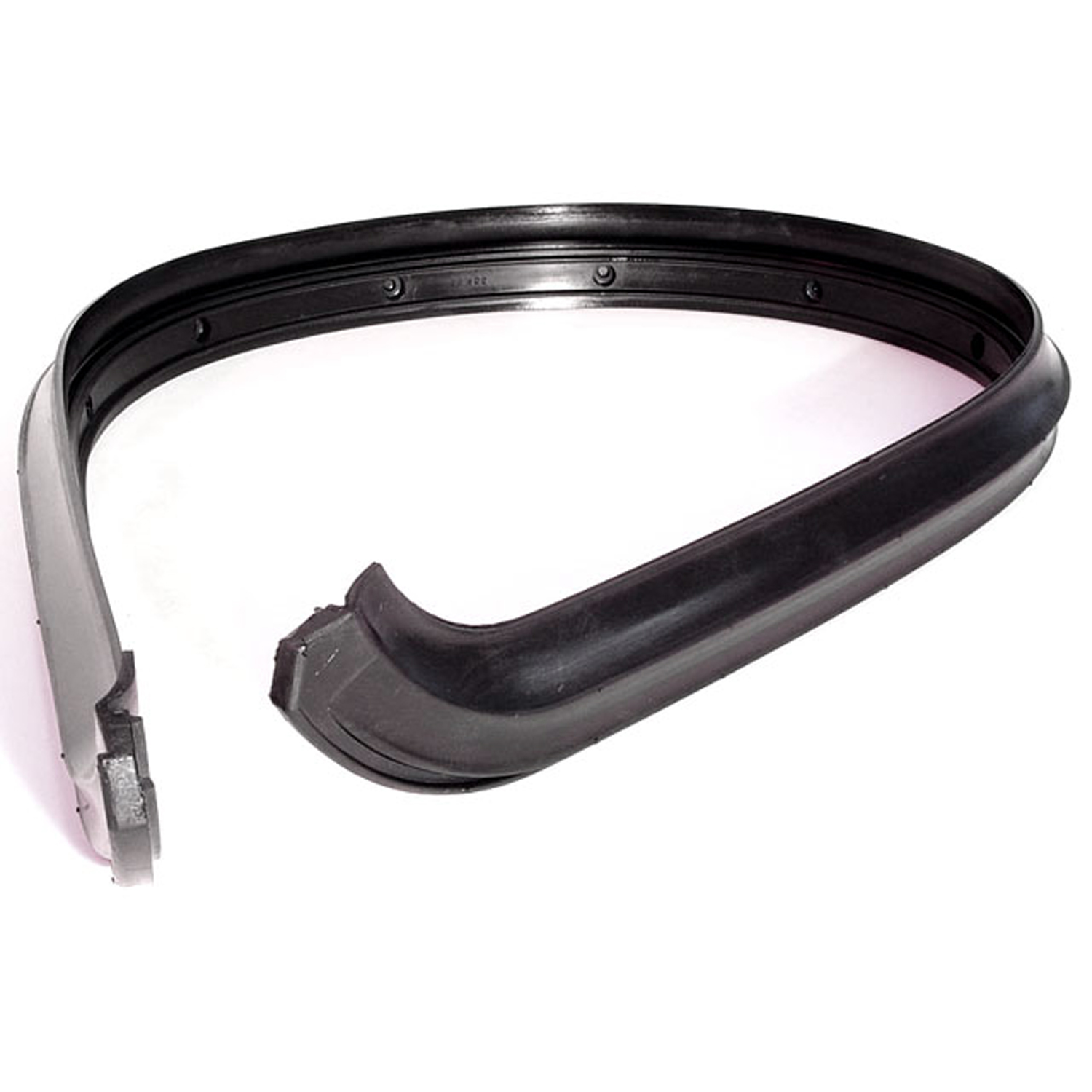 1953 Jeep Willys Windshield to Cowl Seal. 55-1/2" long. Each-CS 102Windshield to Cowl Seal. 55-1/2" long. Each
1953 Jeep Willys Windshield to Cowl Seal. 55-1/2" long. Each-CS 102Windshield to Cowl Seal. 55-1/2" long. Each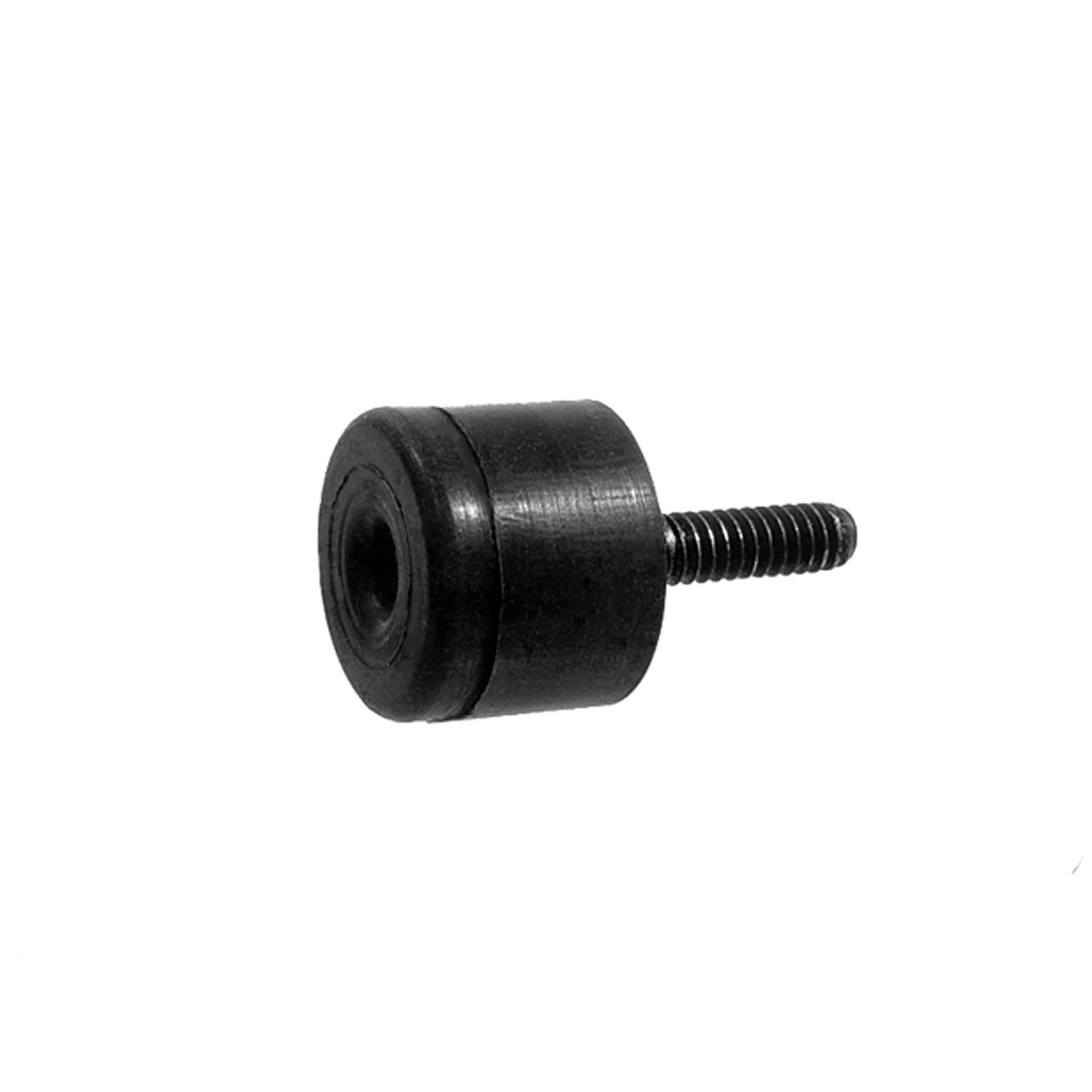 1953 Jeep Willys Accelerator Pedal Pad Link connecting Socket. 3/4" O.D-RP 43-AAccelerator Pedal Pad Link connecting Socket. 3/4" O.D., 1/4" I.D., 3/4" long screw. Each
1953 Jeep Willys Accelerator Pedal Pad Link connecting Socket. 3/4" O.D-RP 43-AAccelerator Pedal Pad Link connecting Socket. 3/4" O.D., 1/4" I.D., 3/4" long screw. EachWhy Choose Metro?
For over 100 years, Metro Moulded Parts has been the pinnacle of quality in classic car restoration parts. Our commitment to precision and authenticity in every component ensures a perfect fit and an OEM-level appearance.
- Expert Craftsmanship & Quality: Each part is a testament to our dedication to reliability and perfection, crafted from original designs and thoroughly tested.
- Advanced Technology: We use cutting-edge techniques to create flawless, long-lasting parts that surpass others in performance.
- SuperSoft Sponge – The Ultimate Door Seal: Not only are our door seals 30% softer than competitors', but they're also guaranteed to never leak. They effectively reduce wind and road noise, enhancing your classic car's comfort and driving experience.
- Proudly American: Our parts are a product of American craftsmanship, made in the USA with a spirit of excellence and heritage.
- Unrivaled Warranty: We back our products with a 30-year industry-leading warranty, a testament to our confidence in their quality.
Join us in preserving the legacy of classic cars with parts that are crafted for perfection, not just made.

